One way of doing it would be to use diodes since they have logarithmic properties.
We also know that \$P=V^2/R\$, and we also know that R will be constant (just a resistor, right?), then we can normalize our expression along these lines, \$R=1Ω\$.
This means that we can go further with this expression:
$$
\begin{align}
P&=V^2/1Ω\\
P&=V^2\\
\sqrt P&=V\\
P^{1/2}&=V\\
e^{\ln(P^{1/2})}&=V\\
e^{\ln(P)/2}&=V\\
e^{(\ln(1)+\ln(P))/2}&=V\\
\\\text{Rename variables..}\\
V_{out}&=e^{(\ln(1)+\ln(V_{ref}))/2}\
\end{align}
$$
Alright, we can go between \$e^x\$ and \$\ln(x)\$ with diodes, resistors and op-amps. I want to keep this answer short and concise, so rather than going in to how everything works I will show you the end result with voltages and you will hopefully be able to see how and why everything works.
Here's the link in case you want to mess around, say... change the number 3. Just scroll with your mouse button when it is over the number, or go to the right hand side and change the red "Voltage" slider.
The problem with this setup is the fact that the diodes have to be matched, well, you can always do some compensating with some resistors.. so it's not impossible, but it can be done purely in the analog domain.
